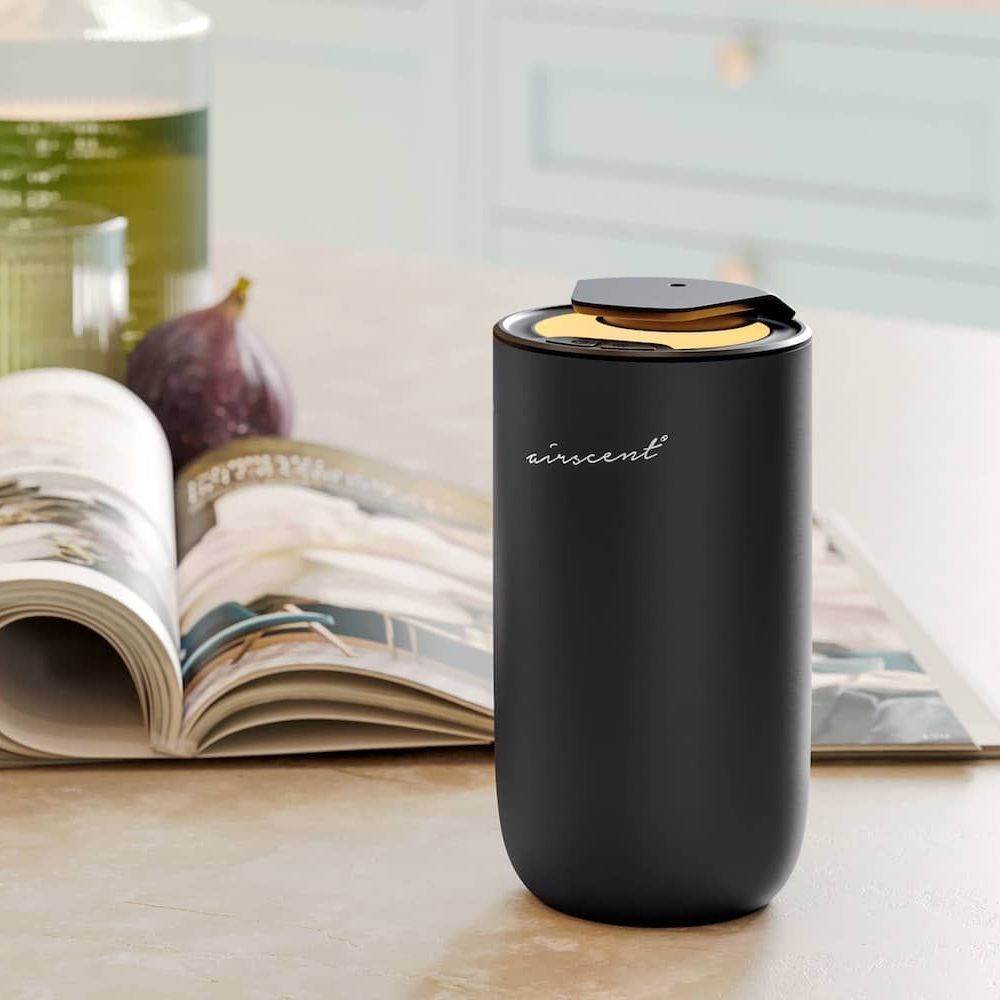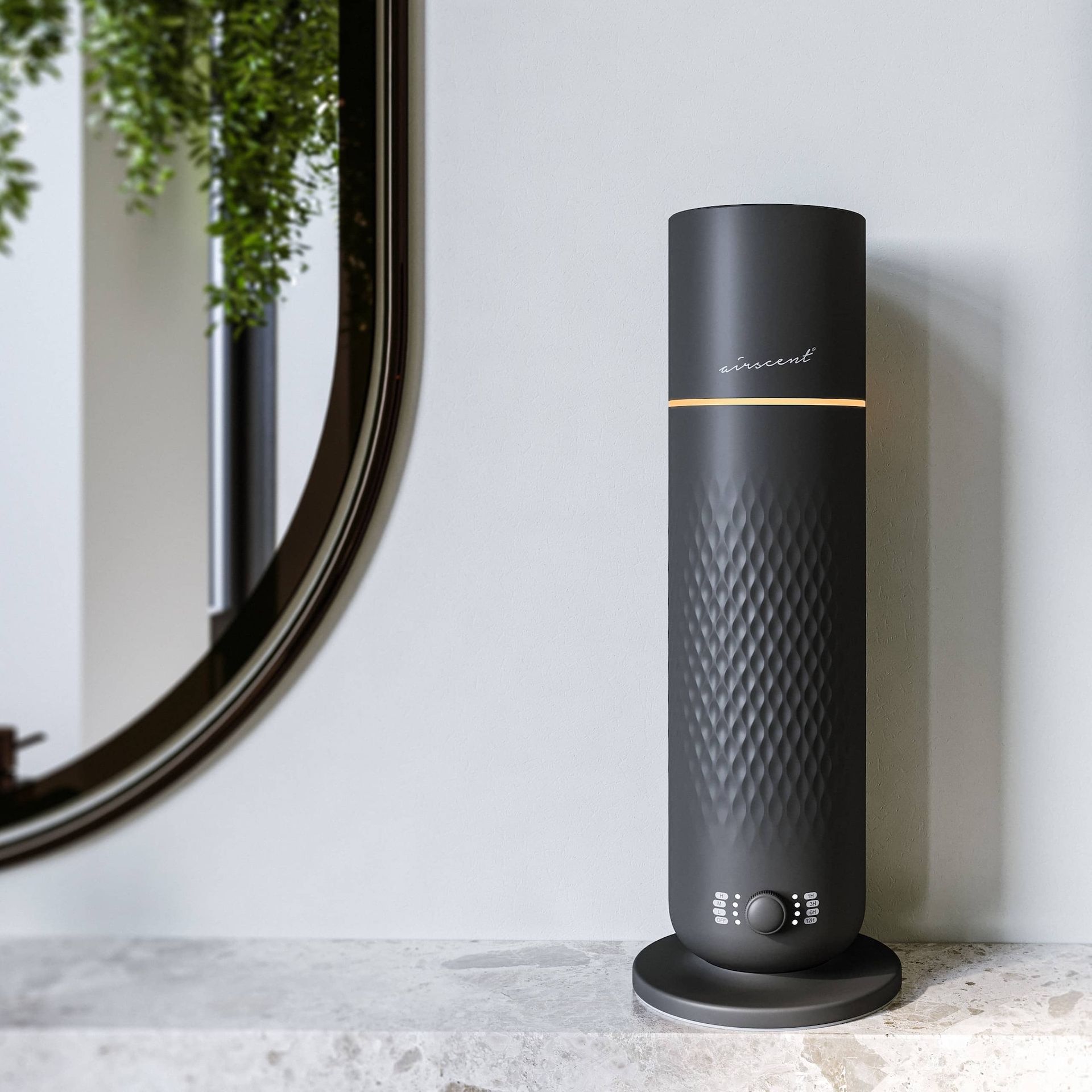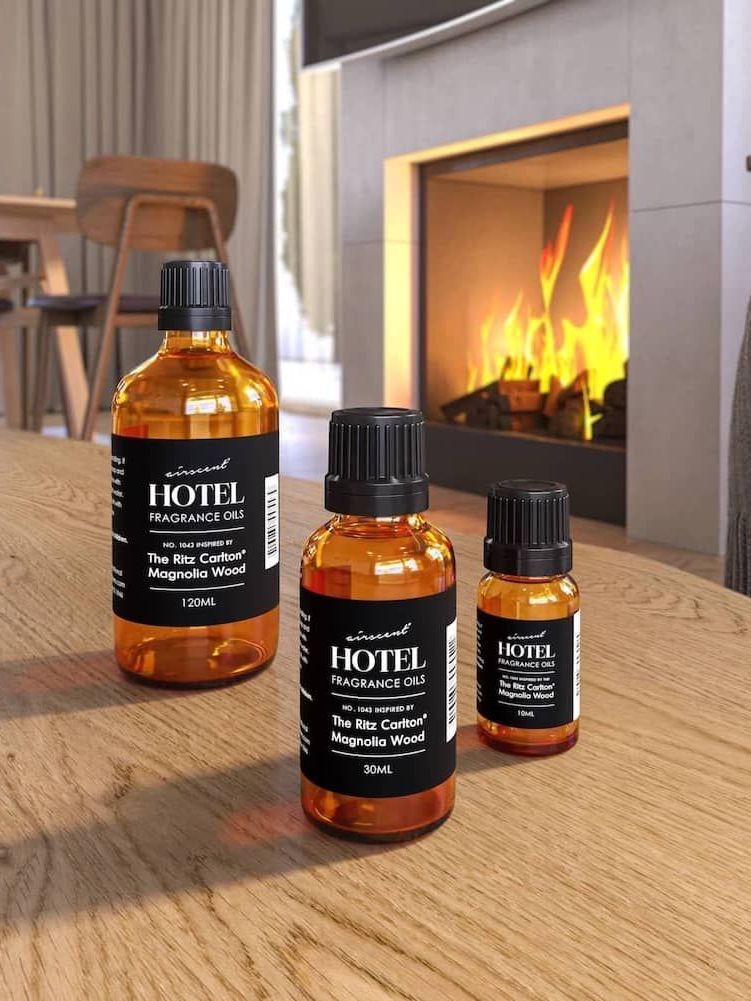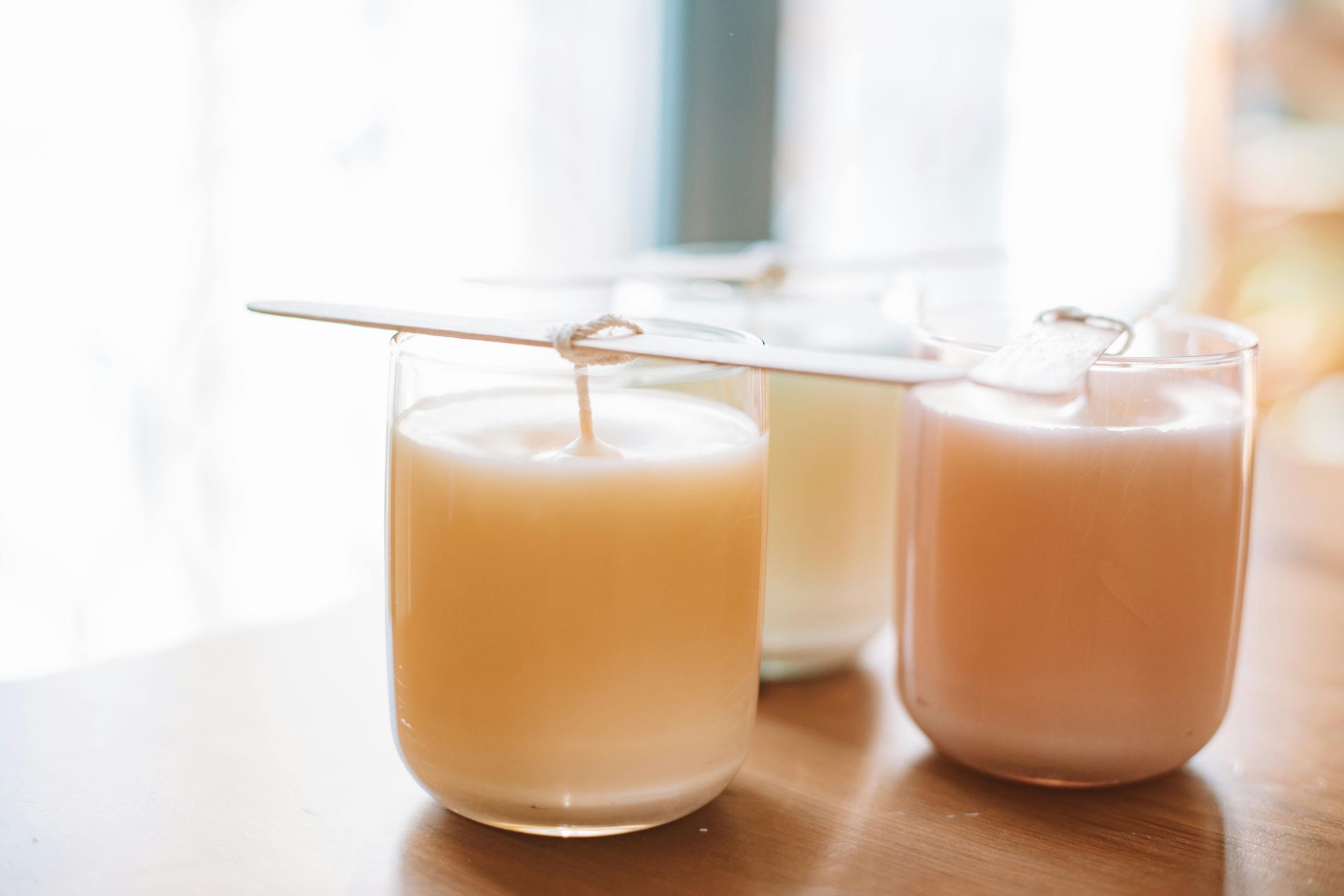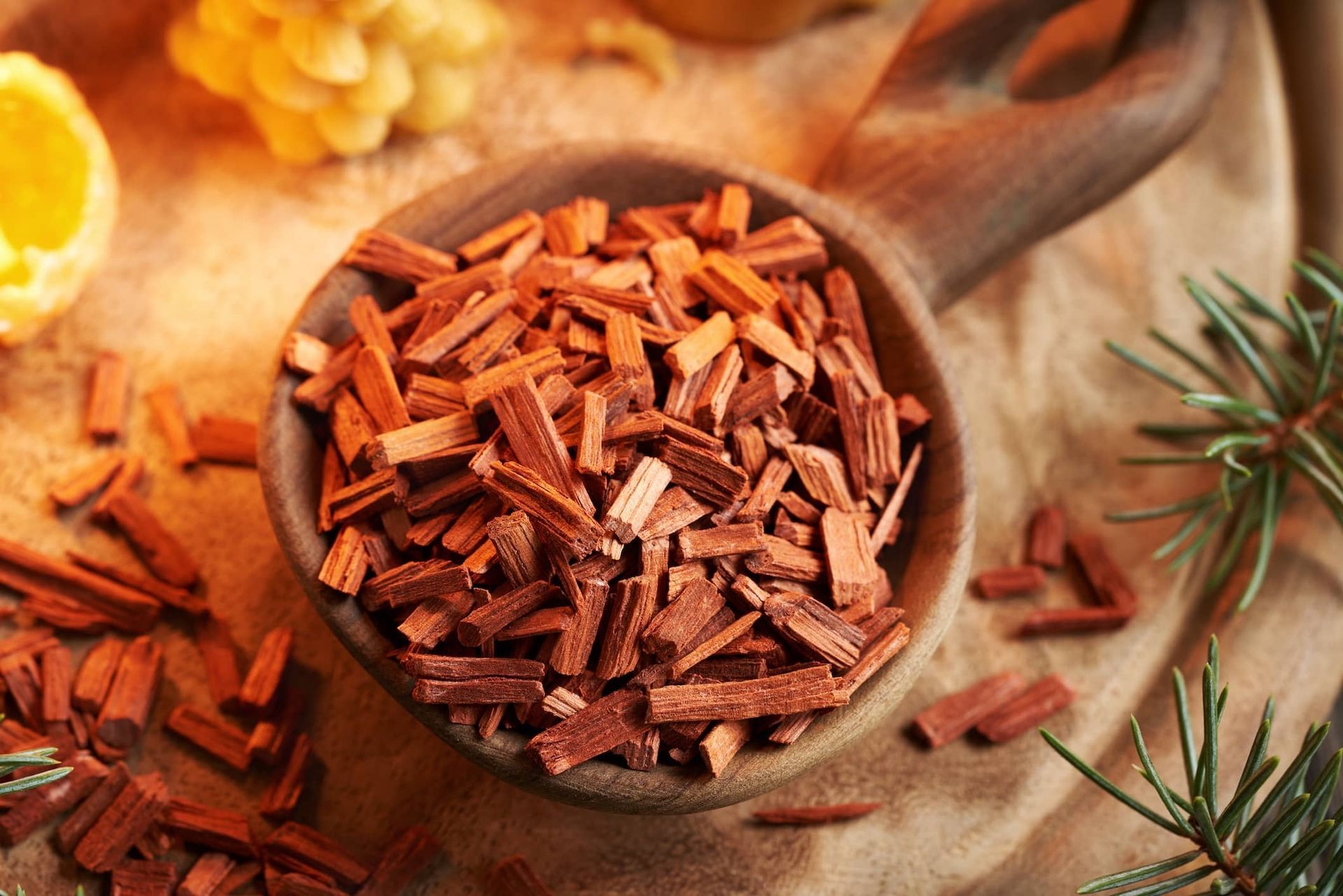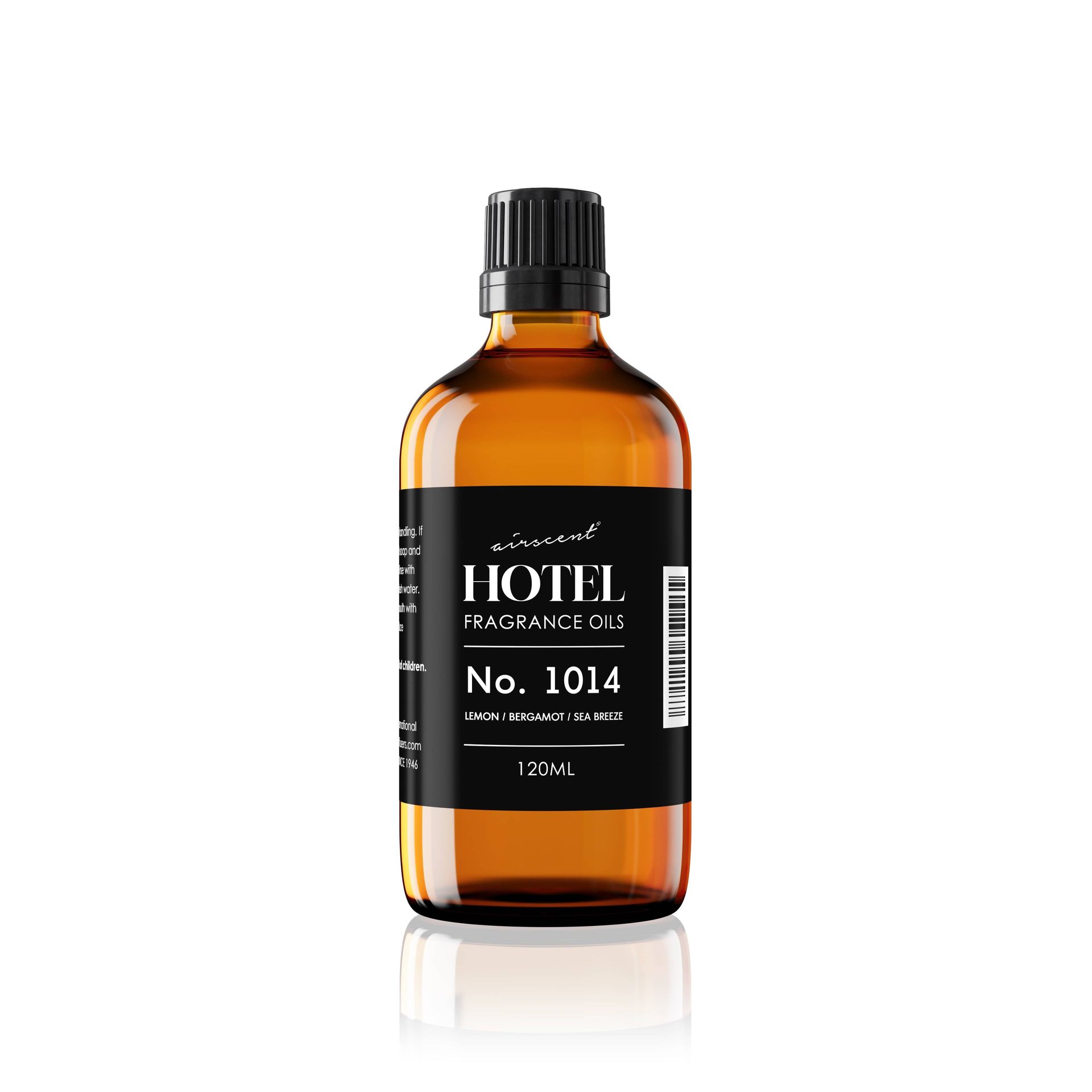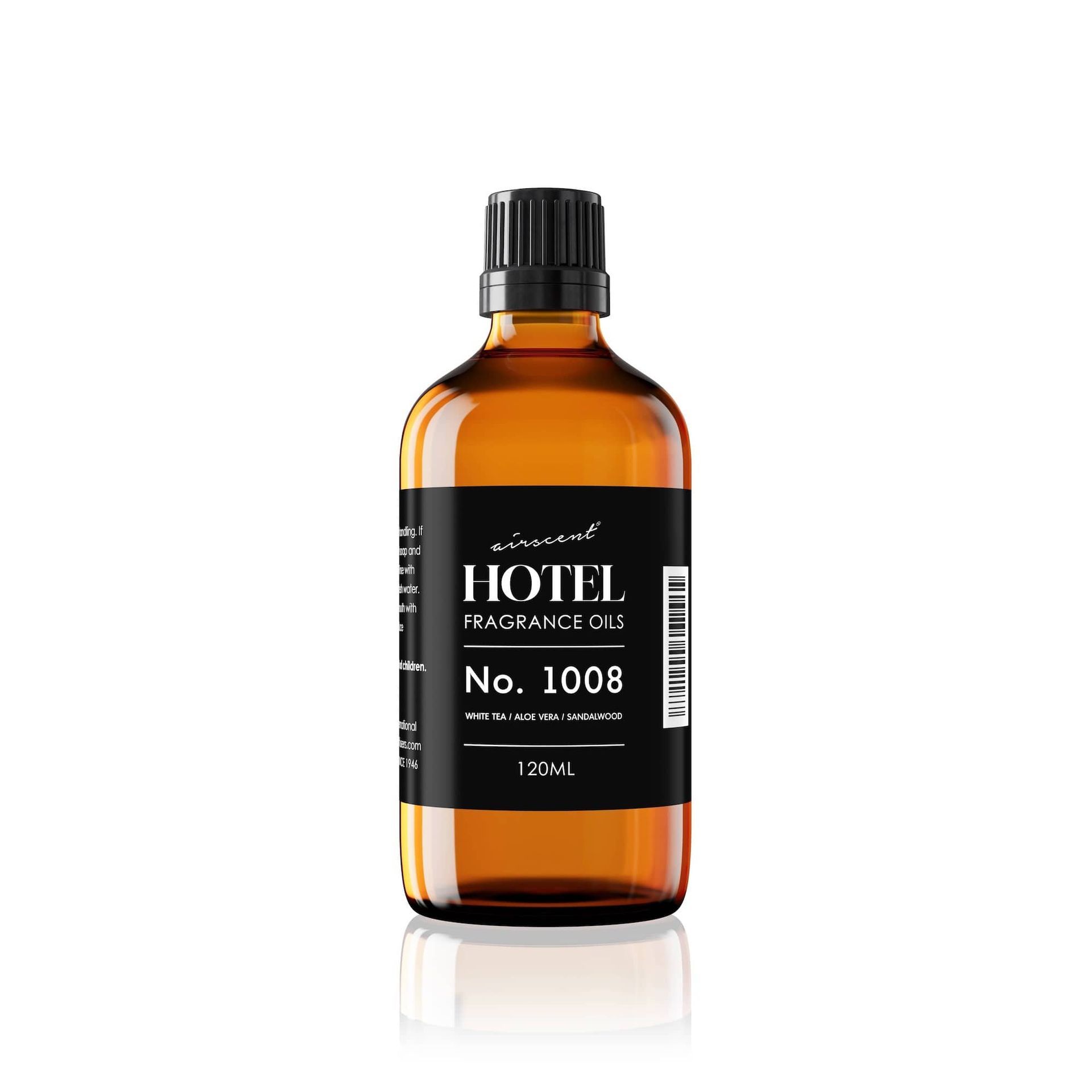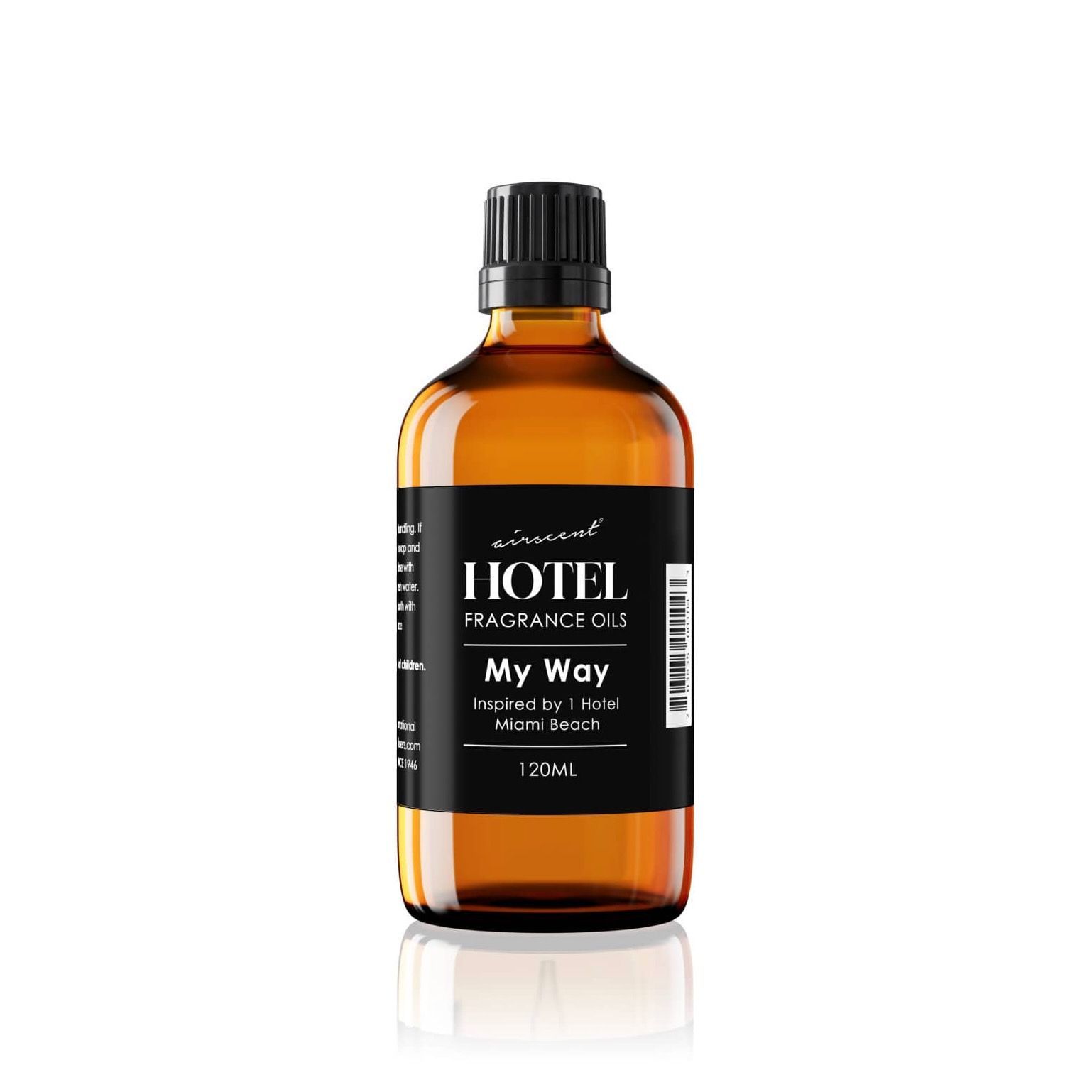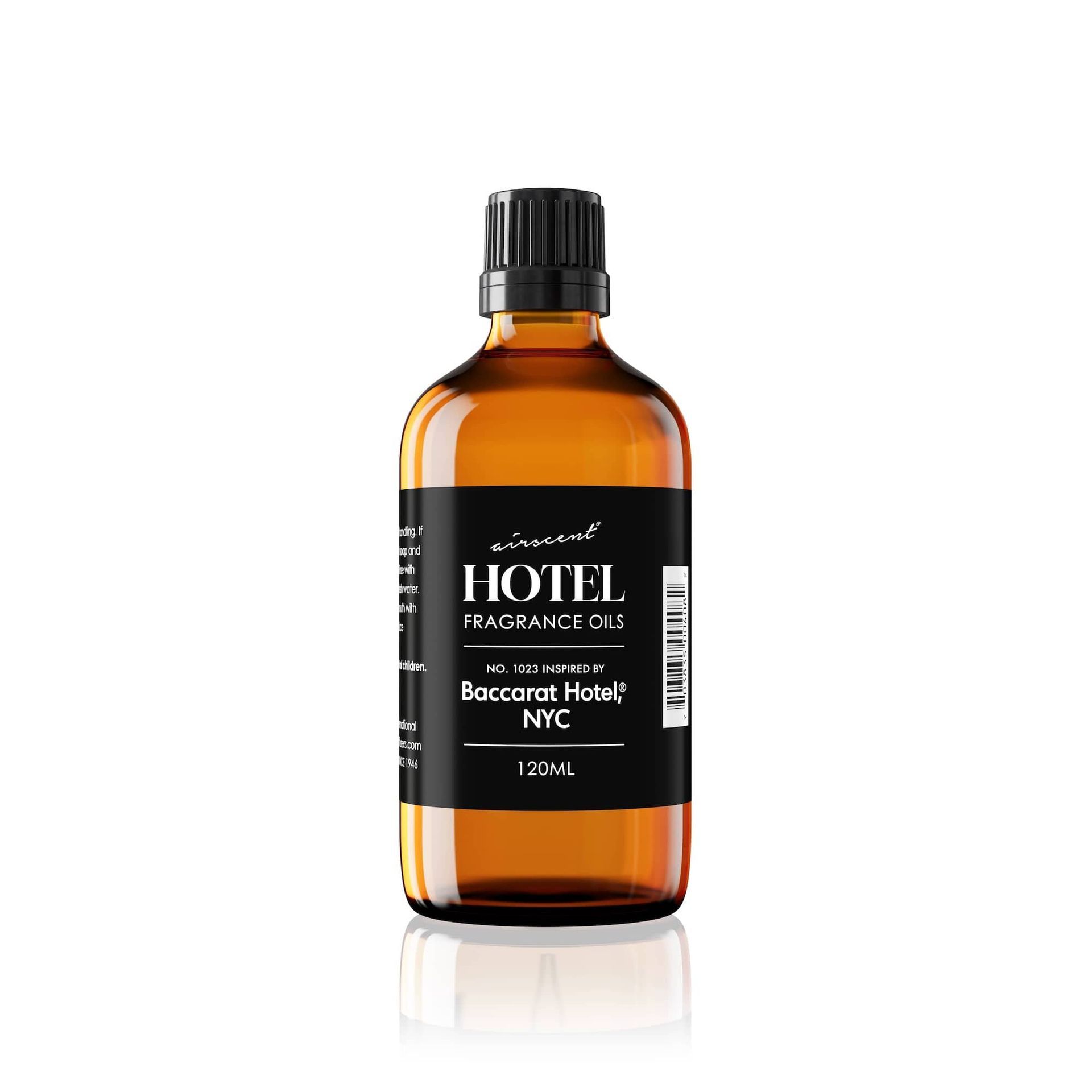How Waterless Diffusers Enhance The Bloom Of A Fragrance
Over the years, the cold hand of technology has been a boon to the quality of human life in a myriad of ways.
This is nowhere more clearly illustrated than in the world of refined scenting, a scientific expertise we have been perfecting since 1946.
Fan operated deodorizers, while perfect for commercial and industrial applications, offer a plethora of benefits.
Cold air waterless diffusers, however, have become increasingly popular for both residential and commercial settings, mainly because newer technologies offer the capacity to scent entire buildings by connecting to an HVAC system, greater control over scent intensity and adjustable diffusion rate settings.
Of course, they also are able to deliver the glorious, dry-misted bloom of diffuser and essential oils, which more accurately reflects the intended blend of notes by the perfumer.
How Do Waterless Cold Air Diffusers Work?
Also known as nebulizing scent diffusers because the oil molecules split into thousands of tiny particles, cold air waterless diffusers distribute scents by filtering the cold air in your house or office without leaving behind any residue or toxic properties.
The process involves first filtering the air, which is then pressurized to break down the aroma and essential oils into an ultra fine mist, which circulates throughout the space.
This allows for the coverage of any large area, making it an ideal option for scenting entire homes and businesses.
Due to the fact that there is no heat or water required, the oil remains in its purest form.
Cold air scenting technology provides maximum retention of all the therapeutic properties from essential oils. Fragrance structure during the cold air diffusion process is highly efficient because the oil is diffused all at once.
Lower quality diffusers tend to release scents in layers, with the lightest elements followed by heavier molecules.
This is an important point because essential blends slated for therapeutic purposes are most effective when the entire fragrance bouquet is distributed continuously.
Diffusers which rely on a heat source, such as a candle or burner, can potentially alter the chemistry of essential oils, modifying their scent and weakening their therapeutic benefits. They can also negatively affect indoor air quality.
Evaporation or ultra sonic diffusion does not produce the same pure concentrations of oil compounds.
Evaporated oil tends to react slowly and haphazardly and ultrasonic diffusers, which depend upon water and vaporized steam, disperse scent at much lower density levels.
Why Fragrance Bloom Is Different From The Bottle Profile
In the context of fragrances, the term “bloom” refers to the moment when a scent is released into the air and reaches its full, noticeable intensity.
It is the phase where the fragrance becomes fully perceptible and fills the surrounding space, creating a distinct and often pleasing olfactory impact.
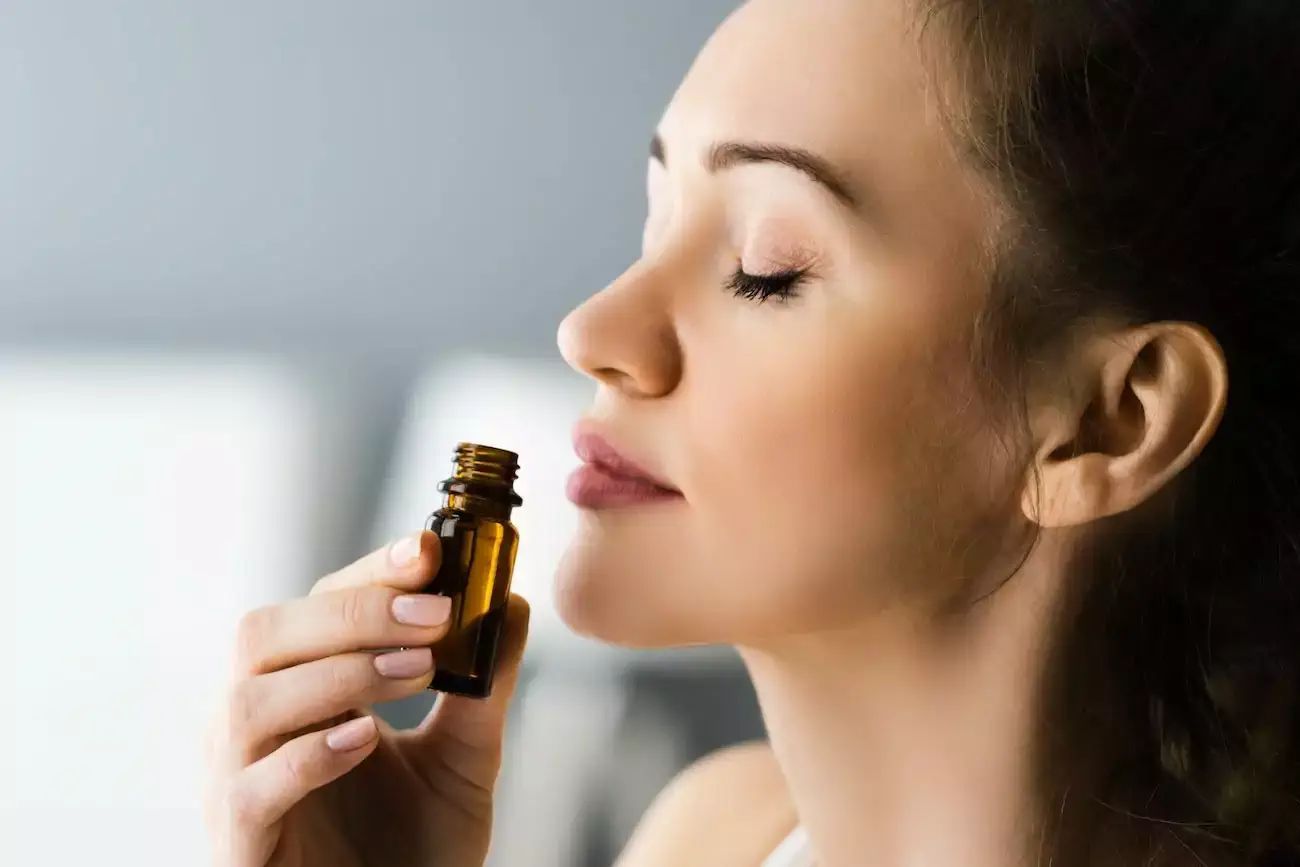
The concept of bloom is crucial in understanding how a scent evolves and spreads, especially when using diffusers or other scent-dispensing methods.
Enhancing the bloom of a fragrance involves optimizing its release to achieve the desired aromatic experience.
It describes the synthesis of diverse fragrance notes and accords, which in tandem become a complex and complete sensory experience.
In context of diffuser oils, the bloom of a fragrance dispersed by a waterless diffuser can smell quite differently than smelling it directly from the diffuser oil bottle.
Experiencing a diffuser oil from the bottle captures only a fraction of its complexity.
The true essence unfolds in the air, where the fragrance undergoes a transformative bloom.
This airborne manifestation of a fragrance oil more accurately unveils the intended symphony of notes from the perfumer, providing a richer and more nuanced olfactory experience than the confined impression from the bottle.
Bottom line – Reserve judgement of a fragrance until you experience its true bloom.
Fragrance Bloom And Fragrance Structure
Understanding fragrance bloom is an art form in and of itself.
Layers of fragrance weave their own unique olfactory tale, somewhat like that geometric theorem of the whole being equal to all its parts.
The perfume notes are the layers that comprise the structure and character of a scent, and in a good perfume, the transition between them is always seamless.
The bloom refers to the way a perfume intensifies over time after application.
The head, heart and base notes and layered unfolding and blending are responsible for an ultimately balanced sensory experience.
The Eternal Power Of Fragrance Bloom
A whiff of fresh blossoms dispersed through a room has the power to lift spirits in an almost magical way.
It is science, however, that makes all this possible, both because flowers trigger mood enhancing elements in the human brain, such as: serotonin, dopamine and oxytocin, and cold air waterless diffuser technology provides the perfect vehicle for scent dispersal.
Fragrance bloom, for as long as it lasts, is the quintessence of a scent and determines its ultimate appeal. It is an invisible, indelible force that is achieved with extreme care and skill.
Recent Posts

Our Most Beloved Fragrance Oils
Westin Hotel Scent
White tea, aloe vera, ginger, cedar wood, vanilla, amber, sandalwood & musk.
My Way 1 Hotel
Sandalwood, Jasmine, Vanilla, Musk & Virginia Cedar.
Baccarat Hotel Love Affair
A warm woody aromatic blend of sandalwood, papyrus and musk.


